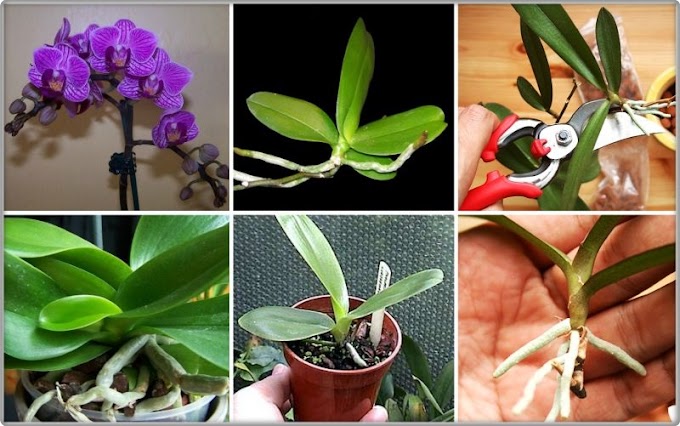Haemanthus deformis is an evergreen bulbous plant with thick fleshy roots and two or four broad, grey or greenish grey leaves that are spreading or lie flat on the ground. The leaves are fleshy and have hairy margins. The plants are evergreen, The old set of leaves then withers and dies over a period of several months. The mature plant reaches up to to 4.8 inches (12 cm) high in flower and produces a single thick, bent, short, hairy flower stem in the centre, between the leaf bases.
The flower head consists of a dense cluster of erect, white individual flowers with white filaments and bright yellow anthers, and prominent long white protruding styles. The flowers are enclosed by broad, strong white bracts that are distinctly recurved in the upper part. The fruit is a fleshy, dark orange berry containing a few hard, oblong seeds.
How to Grow and Care
It is one of the easiest of all the Haemanthus species to grow. It requires a dappled shade position similar to that preferred by clivias, and likes to remain undisturbed for many years once established.
Water: As it is an evergreen plant, it likes moisture throughout the year, especially in summer, but less during the winter months.
Soil: It needs a slightly acid medium comprising equal parts of well decomposed compost or finely milled bark, and river or silica sand (or pumice). Plant the bulbs with the neck at, or just below soil level and can remain in the same position for many years. Grows it in pots with a diameter of at least 25 cm. Give it excellent drainage.
Pest and diseases: The bulbs and leaf bases of Haemanthus deformis are susceptible to attack by mealy bugs, and the leaf margins are chewed by snout beetles and slugs at night.
Origin: Haemanthus deformis is native to South Africa.
Propagation: By offsets or from seed. Offsets are rather slow to form, and are best separated from the mother bulb straight after flowering, just as the new leaves begin to develop. Seeds form readily and should be harvested and sown as soon as they can be easily removed from the bright orange, fleshy berries. Seeds may take up to two months before the first leaf appears above ground, and a further four to five years to flower for the first time.
The flower head consists of a dense cluster of erect, white individual flowers with white filaments and bright yellow anthers, and prominent long white protruding styles. The flowers are enclosed by broad, strong white bracts that are distinctly recurved in the upper part. The fruit is a fleshy, dark orange berry containing a few hard, oblong seeds.
- Scientific Name: Haemanthus deformis Hook.f.
- Common Names: Dwarf Haemanthus, White-flowered Snake Lily, Waterlily Haemanthus
- Synonyms: Haemanthus baurii, Haemanthus mackenii
- Family: Amaryllidaceae
- Subfamily: Amaryllidoideae
- Genus: Haemanthus
 |
| source pic:pinterest.com |
How to Grow and Care
It is one of the easiest of all the Haemanthus species to grow. It requires a dappled shade position similar to that preferred by clivias, and likes to remain undisturbed for many years once established.
Water: As it is an evergreen plant, it likes moisture throughout the year, especially in summer, but less during the winter months.
Soil: It needs a slightly acid medium comprising equal parts of well decomposed compost or finely milled bark, and river or silica sand (or pumice). Plant the bulbs with the neck at, or just below soil level and can remain in the same position for many years. Grows it in pots with a diameter of at least 25 cm. Give it excellent drainage.
Pest and diseases: The bulbs and leaf bases of Haemanthus deformis are susceptible to attack by mealy bugs, and the leaf margins are chewed by snout beetles and slugs at night.
Origin: Haemanthus deformis is native to South Africa.
Propagation: By offsets or from seed. Offsets are rather slow to form, and are best separated from the mother bulb straight after flowering, just as the new leaves begin to develop. Seeds form readily and should be harvested and sown as soon as they can be easily removed from the bright orange, fleshy berries. Seeds may take up to two months before the first leaf appears above ground, and a further four to five years to flower for the first time.
 |
| source pic:pinterest.com |



